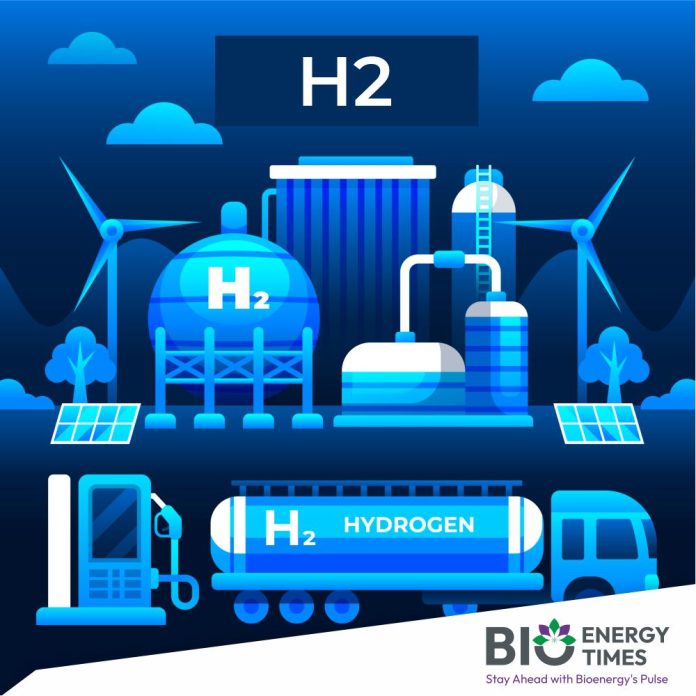Kerala’s Kochi Green Hydrogen Valley project is projected to have a total capital expenditure of ₹18,542 crore. This includes ₹4,166 crore for electrolyser and ammonia plants, and ₹12,687 crore for renewable energy sources, reported Energyworld.com
Approximately ₹669 crore will be allocated for pilot projects, with an additional ₹5,130 crore needed during the scale-up phase, excluding renewable energy investments, as detailed in the Kochi Green Hydrogen Valley Roadmap.
The project is anticipated to need ₹731 crore in government funding, broken down into ₹45 crore for techno-commercial assessments, ₹351 crore for transmission infrastructure, ₹264 crore for pipeline and refueling infrastructure, and ₹70 crore for offtake infrastructure.
According to the report, the total green hydrogen subsidy required to address the viability gap is estimated at ₹1,055 crore for phase II and ₹2,908 crore for phase III.
Investments for hydrogen production, infrastructure development for hydrogen and ammonia, and the transmission grid are expected to total ₹56 crore, ₹669 crore, and ₹5,130 crore across the three phases.
For renewable energy development, the required capital expenditure is ₹903 crore in phase I, ₹836 crore in phase II—where renewable energy can either be developed in Kerala or sourced from Indian sites—and ₹10,948 crore for phase III expansions using renewable resources from India.
Phase I, covering 2024-25, focuses on establishing green hydrogen clusters. Phase II, from 2026 to 2030, will implement technologies for green hydrogen, while phase III, from 2030 to 2040, aims to upscale green hydrogen usage in industry.
The document outlines that phase I involves developing renewable energy for industrial electrification, phase II focuses on renewable energy development within the state and the deployment of electrolysers, and phase III encompasses scaling up electrolysers, ammonia plants, and hydrogen and ammonia infrastructure.
The initiative is expected to create around 3,600 jobs and reduce CO2 emissions by 0.49 million tonnes, contributing to an overall emissions reduction of approximately 2%.
The demand for green hydrogen is anticipated across 10-12 sectors, all of which are present in Kerala. This gives a total potential demand of 120 ktpa, with an additional export demand of 40-100 ktpa.
Within this potential, over 100 ktpa of demand is centered in Kochi, involving industries such as refineries, fertilizers, chemicals, and transport hubs.
For the Kochi Valley, the document estimates optimal renewable energy resources, centralized hydrogen production, refueling infrastructure, and transportation of green hydrogen and ammonia via pipelines, with key offtakers including BPCL, FACT, HOCL, KSRTC, KWML, KSINC, and potential exports.
To read more about Green Hydrogen Industry News, continue reading BioEnergyTimes.com














